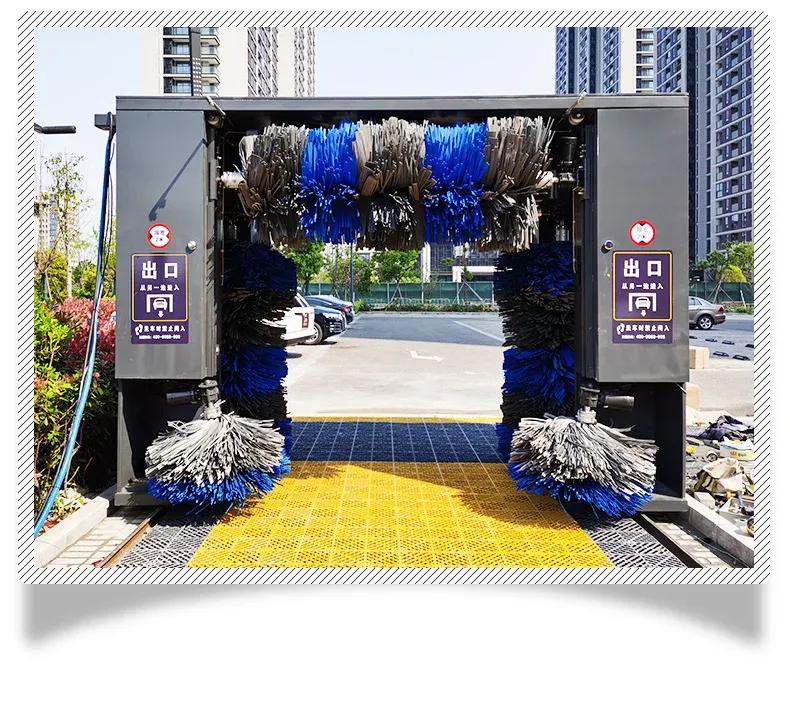
- Afrikaans
- Albanian
- Amharic
- Arabic
- Armenian
- Azerbaijani
- Basque
- Belarusian
- Bengali
- Bosnian
- Bulgarian
- Catalan
- Cebuano
- Corsican
- Croatian
- Czech
- Danish
- Dutch
- English
- Esperanto
- Estonian
- Finnish
- French
- Frisian
- Galician
- Georgian
- German
- Greek
- Gujarati
- Haitian Creole
- hausa
- hawaiian
- Hebrew
- Hindi
- Miao
- Hungarian
- Icelandic
- igbo
- Indonesian
- irish
- Italian
- Japanese
- Javanese
- Kannada
- kazakh
- Khmer
- Rwandese
- Korean
- Kurdish
- Kyrgyz
- Lao
- Latin
- Latvian
- Lithuanian
- Luxembourgish
- Macedonian
- Malgashi
- Malay
- Malayalam
- Maltese
- Maori
- Marathi
- Mongolian
- Myanmar
- Nepali
- Norwegian
- Norwegian
- Occitan
- Pashto
- Persian
- Polish
- Portuguese
- Punjabi
- Romanian
- Russian
- Samoan
- Scottish Gaelic
- Serbian
- Sesotho
- Shona
- Sindhi
- Sinhala
- Slovak
- Slovenian
- Somali
- Spanish
- Sundanese
- Swahili
- Swedish
- Tagalog
- Tajik
- Tamil
- Tatar
- Telugu
- Thai
- Turkish
- Turkmen
- Ukrainian
- Urdu
- Uighur
- Uzbek
- Vietnamese
- Welsh
- Bantu
- Yiddish
- Yoruba
Effective Techniques for Cleaning Your Car with an Electric Pressure Washer
Washing Your Car with an Electric Pressure Washer
Keeping your car clean is not just about aesthetics; it also plays a crucial role in maintaining the vehicle’s condition and longevity. One of the most effective methods for washing your car is by using an electric pressure washer. This tool can significantly simplify the car washing process, providing a thorough clean while saving time and effort. In this article, we will explore the benefits of using an electric pressure washer for washing your car, and how to do it effectively and safely.
Benefits of Using an Electric Pressure Washer
1. Efficiency and Speed Traditional car washing methods, involving buckets and sponges, can be time-consuming and labor-intensive. An electric pressure washer can rinse and clean your car in a fraction of the time. The high-pressure stream of water can reach into crevices and remove dirt that might otherwise require scrubbing.
2. Versatility Electric pressure washers come with various nozzles, allowing you to adjust the pressure according to the task at hand. This versatility means you can clean more than just the car; you can also use it for patios, sidewalks, and even outdoor furniture.
3. Water Conservation Using a pressure washer can help you use less water compared to traditional washing methods. With more effective cleaning, you might find that you use less water overall, making it an environmentally friendly option.
4. Thorough Cleaning The high-pressure spray can dislodge dirt, grime, and contaminants better than manual washing. This is particularly important for removing tough residues, such as mud or road salt, which can cause corrosion over time.
How to Wash Your Car with an Electric Pressure Washer
1. Gather Your Supplies Before you start, you will need an electric pressure washer, car soap specifically designed for use with pressure washers, microfiber towels, a soft brush, and a bucket of water. Make sure your pressure washer has a suitable nozzle for car washing, typically a low-pressure nozzle.
2. Prepare the Car Move your car into a shaded area to prevent the soap from drying too quickly on the surface. This will help avoid streaks and spots on the paint.
washing car with electric pressure washer

3. Rinse the Car Start by using the pressure washer to rinse the entire vehicle. This initial rinse will remove loose dirt and debris, making the following wash more effective.
4. Soap Application Dilute the car soap per the manufacturer's instructions and apply it to the car's surface. Some pressure washers come with a soap applicator that can help distribute the solution evenly. Alternatively, you can use a bucket and sponge for this step.
5. Use the Pressure Washer After allowing the soap to sit for a few minutes, use the pressure washer again to rinse off the soap. Always spray from the top down to prevent dirty water from dripping onto already cleaned areas. Keep the nozzle at a safe distance (about 2 feet) from the surface to avoid damaging the paint.
6. Dry the Car Once rinsed, use microfiber towels to dry the car thoroughly. This will prevent water spots and streaks, giving you a polished finish.
7. Final Touches Consider applying a wax or sealant after the wash to protect the paint and enhance shine.
Safety Precautions
When using an electric pressure washer, it's essential to take safety precautions. Ensure you are wearing protective eyewear to shield against flying debris. Also, avoid pointing the spray at delicate areas, such as windows or the engine, and always follow the manufacturer's instructions for both the washer and the car soap.
Conclusion
Washing your car with an electric pressure washer can revolutionize your cleaning routine, making it quicker, more efficient, and more effective. With proper techniques and precautions, you'll not only maintain your vehicle's appearance but also extend its life. Embrace the convenience of electric pressure washers, and enjoy a spotless, gleaming car with minimal effort!
-
Integrating Aqua Tunnel Car Wash in Shopping CentersNewsJun.24,2025
-
Gas Station with an Auto Car Wash MachineNewsJun.24,2025
-
Efficiency in Your Aqua Tunnel Car Wash: Power & Water-SavingNewsJun.24,2025
-
Car Wash Business with Advanced Auto Car Cleaning MachinesNewsJun.24,2025
-
Balancing Setup Costs with Aqua Tunnel Car WashNewsJun.24,2025
-
Aqua Tunnel Car Wash: Eco-Design for the Energy-Savvy EntrepreneurNewsJun.24,2025



